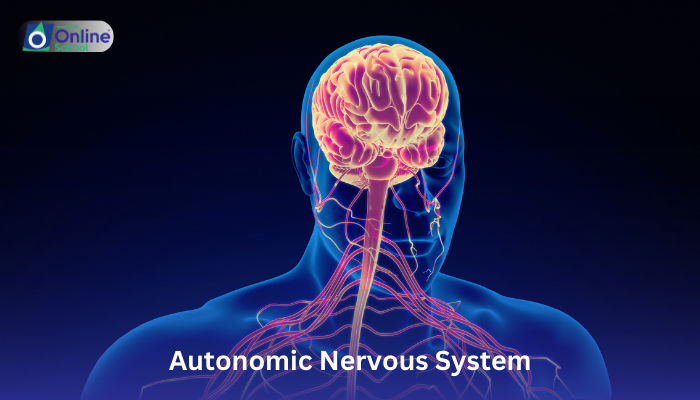
Learning Outcomes:
i. Describe the structure and organization of the autonomic nervous system (ANS).
ii. Differentiate between the sympathetic and parasympathetic divisions of the ANS based on their effects on various bodily functions.
iii. Explain the concept of homeostasis and how the ANS helps maintain it.
iv. Understand the importance of the ANS in regulating vital functions and adapting to various stimuli.
Introduction:
Imagine your body as a well-oiled machine, constantly adjusting and adapting to keep things running smoothly. This unseen conductor, orchestrating this internal symphony, is the autonomic nervous system (ANS). In this lesson, we'll peek behind the scenes, exploring its structure, functions, and how it keeps us alive and thriving without our conscious effort.
i. The ANS Network: Wires and Switches of the Body
The ANS is a vast network of nerves that control involuntary functions, like heart rate, digestion, and breathing. Unlike the conscious control of the "fight-or-flight" response, the ANS operates below our awareness, constantly making adjustments to maintain a stable internal environment called homeostasis.
ii. The Two Teams: Sympathetic and Parasympathetic
The ANS is divided into two main branches:
Sympathetic nervous system: Acts like the "gas pedal," mobilizing the body for action. Think of it as the emergency responder, activating the fight-or-flight response during stressful situations. It increases heart rate, dilates pupils, and prepares the body for exertion.
Parasympathetic nervous system: Acts like the "brake pedal," promoting relaxation and conservation. Imagine it as the peacemaker, calming the body down after a stressful event. It decreases heart rate, constricts pupils, and aids in digestion and rest.
iii. Homeostasis: The Balancing Act
The ANS constantly works to maintain homeostasis, the delicate balance of internal conditions like temperature, blood pressure, and blood sugar. It's like a thermostat, constantly adjusting the "set point" of our internal environment to ensure optimal functioning.
Example: Imagine running a race. The sympathetic system kicks in, increasing your heart rate and breathing to deliver oxygen to your muscles. After the race, the parasympathetic system takes over, slowing your heart rate and breathing, allowing your body to recover.
iv. Beyond the Basics: ANS and Our Wellbeing
The ANS plays a crucial role in various aspects of our lives:
Digestion: Regulates the movement of food through the digestive system and nutrient absorption.
Sleep: Promotes relaxation and prepares the body for sleep.
Sexual function: Plays a role in sexual arousal and response.
Stress management: Helps us adapt to stress and regulate our emotions.
The autonomic nervous system is a silent maestro, constantly monitoring and adjusting our internal environment, keeping us alive and adaptable. Understanding its functions allows us to appreciate the remarkable complexity of our bodies and the intricate dance of nerves that keeps us in perfect balance. So, the next time you take a breath, feel your heartbeat, or simply exist in this world, remember the silent orchestra within you, the ANS, tirelessly conducting the symphony of your being.